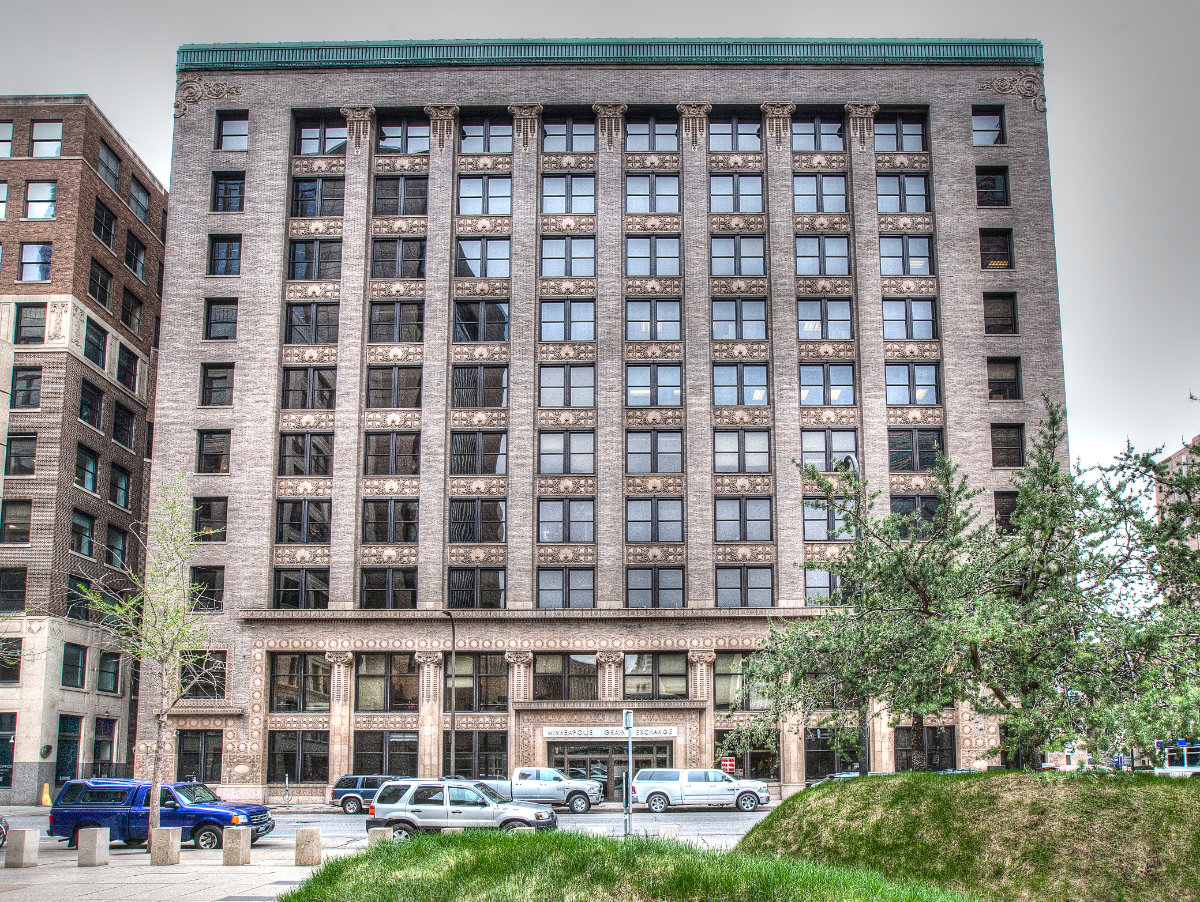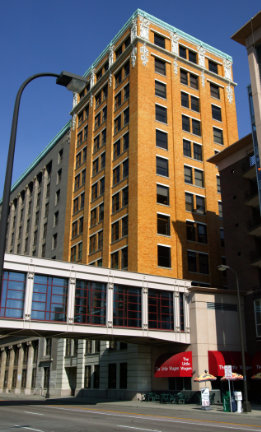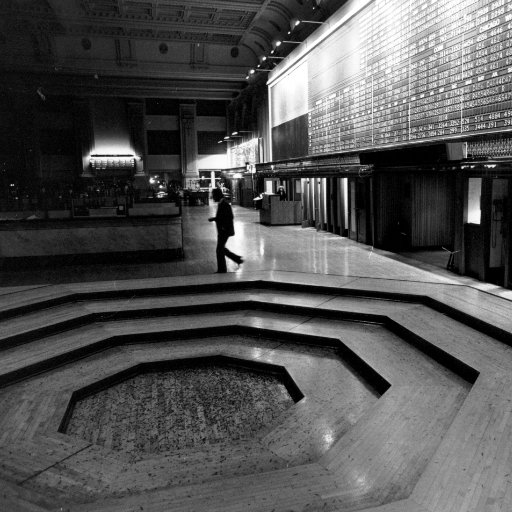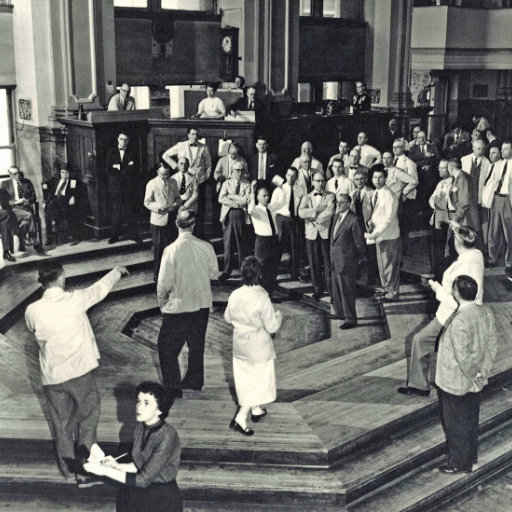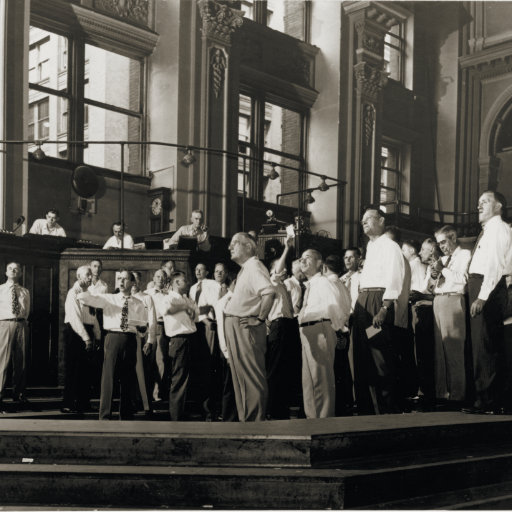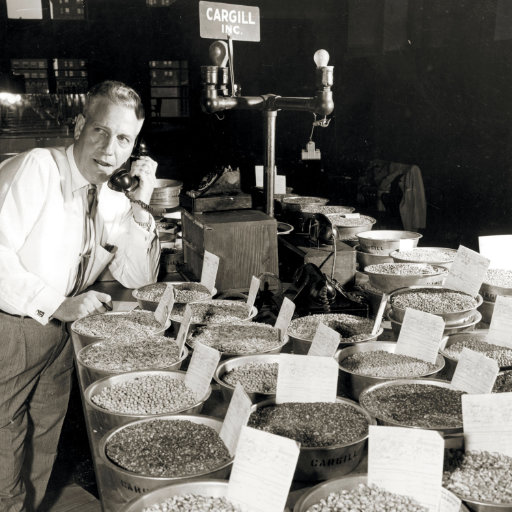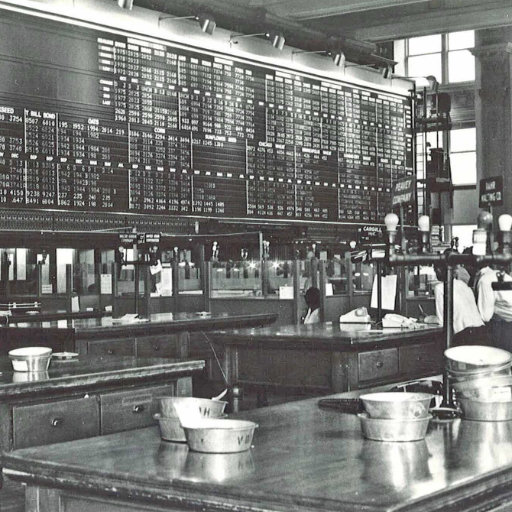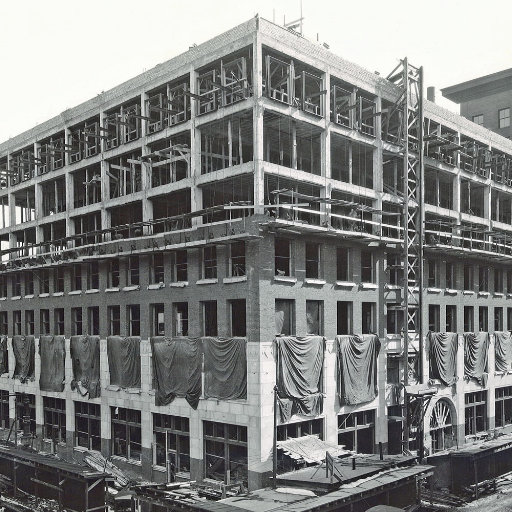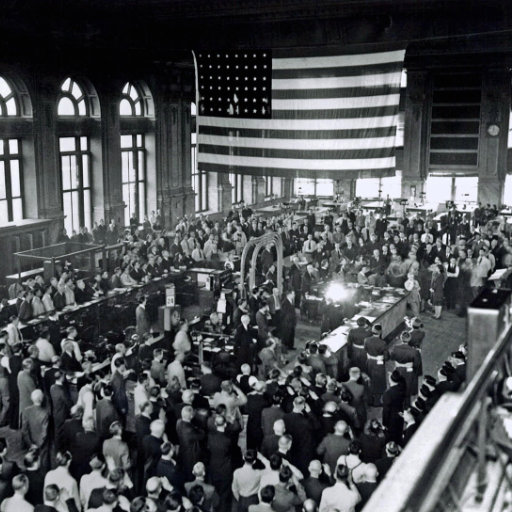History
The Main Building
The Chamber of Commerce building (now referred to as the Main Building on the Grain Exchange campus) was built in 1903 and was one of the first steel structures in Minneapolis. Its light steel frame supports a ten-story masonry shell, which influenced the way skyscrapers were built in Minneapolis during this period. The building was designed by two architects, Frederick Kees and Serenus Colburn. The Main Building features the historic trading floor that was the home to the much-prized Hard Red Spring Wheat market. Throughout decades, buyers and sellers on the trading floor engaged in business that helped move farmer’s grain to the consumer’s table. The Minneapolis Grain Exchange became an essential element of modern Minneapolis and continues to play a vital role in the region’s economic success.
East Building
As business continued to grow in the Chamber of Commerce building, the East Building was built as an expansion in 1909. The design, by architectural firm Long, Lamoreaux, and Long, incorporated some of the Main Building’s ornate features. Even though the East Building is connected to the Main Building, its features stand on its own as the building is 12 stories high and is made up of orange brick contrasting the Main Building’s terra-cotta design.
The North Building
Built on the site of the original 1884 Chamber of Commerce building at Fourth Avenue and Third Street, the North Building was constructed in 1928. The building was designed by architects, Bertrand, Chamberlin, and Edmund J. Prondziniski. The North Building was constructed in six-months and was widely reported to be a “new record in the northwest at the time.” The building stood seven stories tall before the expansion of three additional floors in 1955.


